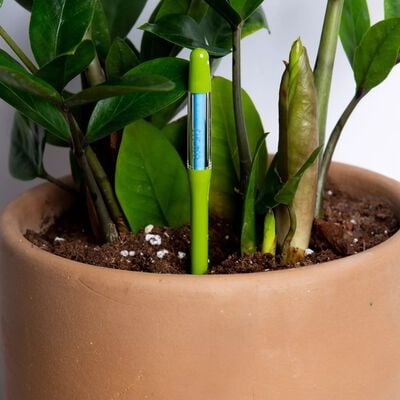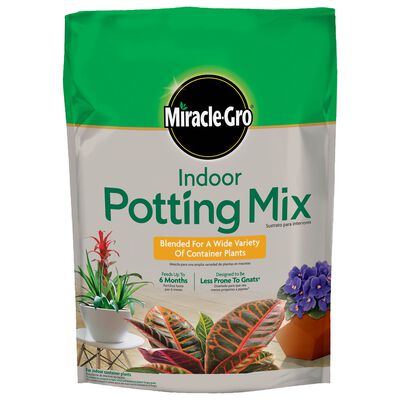
Your Guide To: Ferns
Everything you need to know to care for these ancient plants.
Ferns are like that friend who fits in no matter who else you have coming over. The one who brings out the best in everyone. On their own or in a grouping of other varieties or other plants, ferns go modern and minimal, classic or rustic, and everything in between. As a class of plants that's been around for more than 350 million years, it's no wonder ferns are both diverse and adaptable. From the 10,500 known species, common varieties include button, bird's nest, Boston, staghorn, holly, and maidenhair. Here's how to care for these amazingly ancient plants.
How to Keep a Fern Happy
How Much Lighting Does a Fern Need?
We may think of ferns as shade plants, but let’s not leave them totally in the dark. In the forest they’re used to the dappled light that shines through the treetops, so find a spot where they’ll get indirect sunlight, especially early morning or late afternoon sun. Avoid hot, sunny windows and exposure to direct afternoon sun.
If your fern doesn’t seem to be getting enough light, you can add a fluorescent lamp or even a grow light to its environment to help.

How Do I Know When To Water My Fern?
When the top inch of soil in your fern is dry, give it a thorough watering. During spring and summer this may mean watering once or even twice a week.
Just don't let your fern dry out completely. Stick your finger in the soil to test. If the top inch of soil is dry to the touch, it's time to water. If you'd rather take the guesswork (and your finger) out of it, use a plant moisture indicator from our shop.
To water, use a small container or watering can to pour water out slowly, directly onto the soil, moving in a clockwise motion to evenly water the plant's roots. Ferns do best in pots with trays or saucers so you can dump extra water and avoid root rot.
How Do I Use Plant Food for My Fern?
Plant food is an important part of fostering healthy growth and new leaves as your plant settles into its new digs. Be sure to follow the directions on the package based on the size of your plant and time of year. In fall and winter your plant will grow more slowly, so you don’t need to feed it as often. Yes, even though your plant lives inside, it still experiences the seasons.

What Is a Fern's Ideal Environment?
Ferns love humidity, but they will do fine in most home environments. Misting your fern a few times a week is beneficial. Running a humidifier in the same room is another way to make this tropical plant happy.
For the best growth, keep it in a room that is warm all year, with a temperature between 65 and 75 degrees. Do keep it away from heating and cooling vents and far enough from windows that its leaves won't touch cold glass.
How Do I Prune and Maintain My Fern?
Your Greendigs fern is fairly low-maintenance. Use a pair of pruning shears to trim off yellow or brown fronds. This will keep it looking great and improve airflow through the leaves, which will help keep away fungus and mold.
Each time you water your fern, rotate the container a quarter turn. This way you’ll make sure it gets the same amount of light on all sides. Our plant trivet set makes this easy and stylish, too.

How to Address Common Fern Issues
- Brown leaves may mean your fern is not getting enough water. If it's also dropping leaves, the area may not be humid enough for your plant.
- Yellow leaves may mean your fern is getting too much water.
- If the leaves are getting crispy, it may be getting too much direct sunlight.

